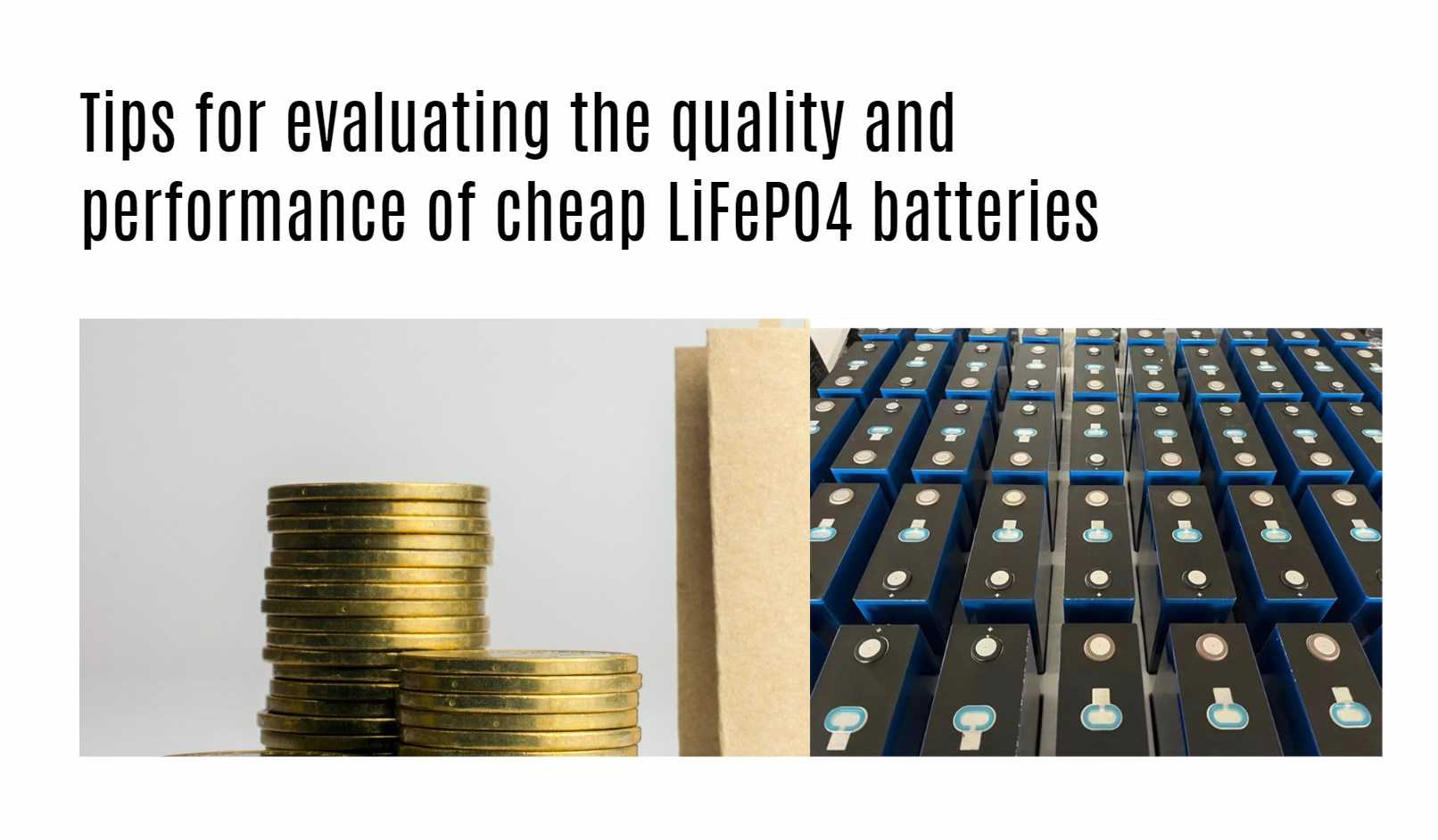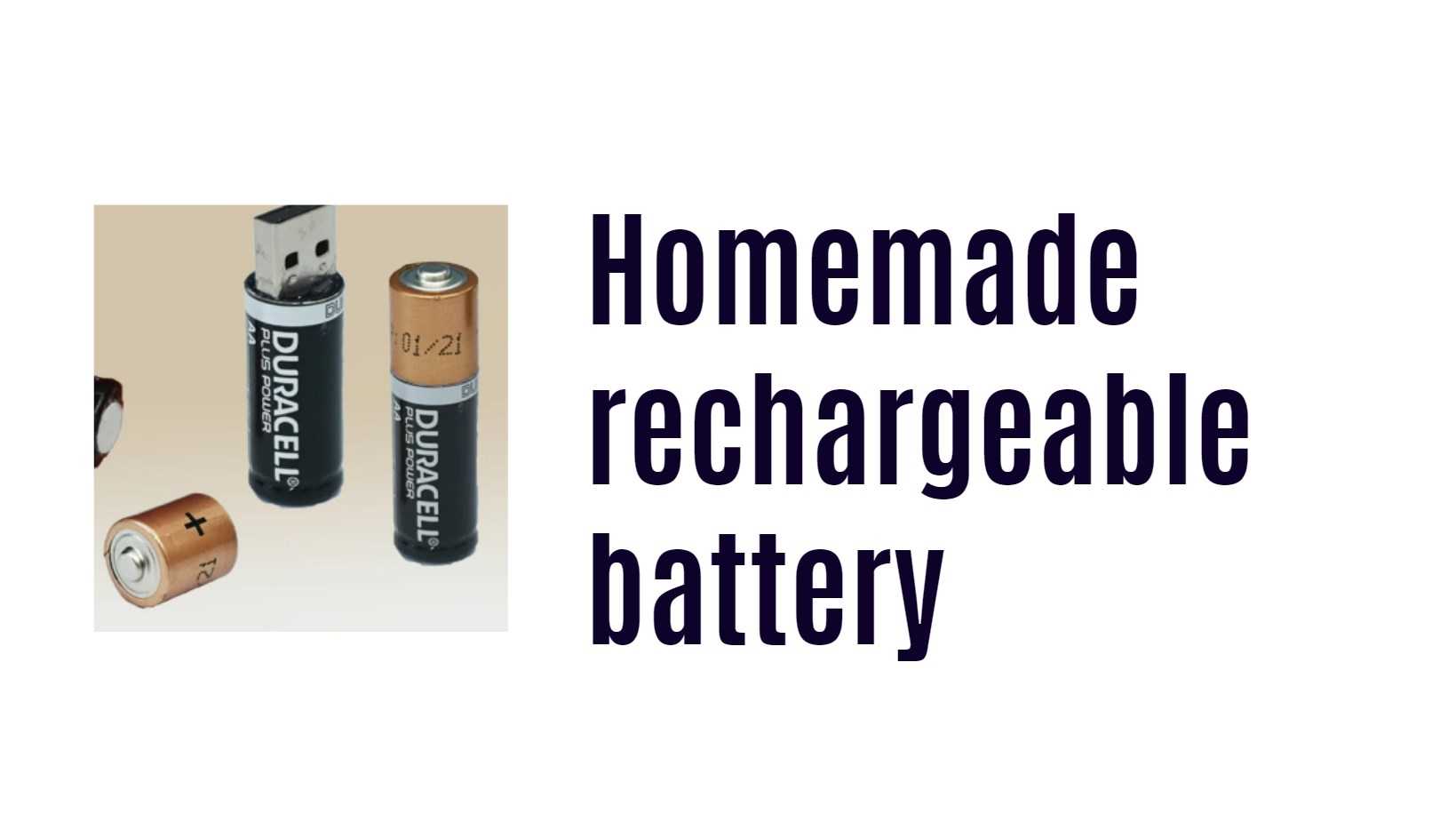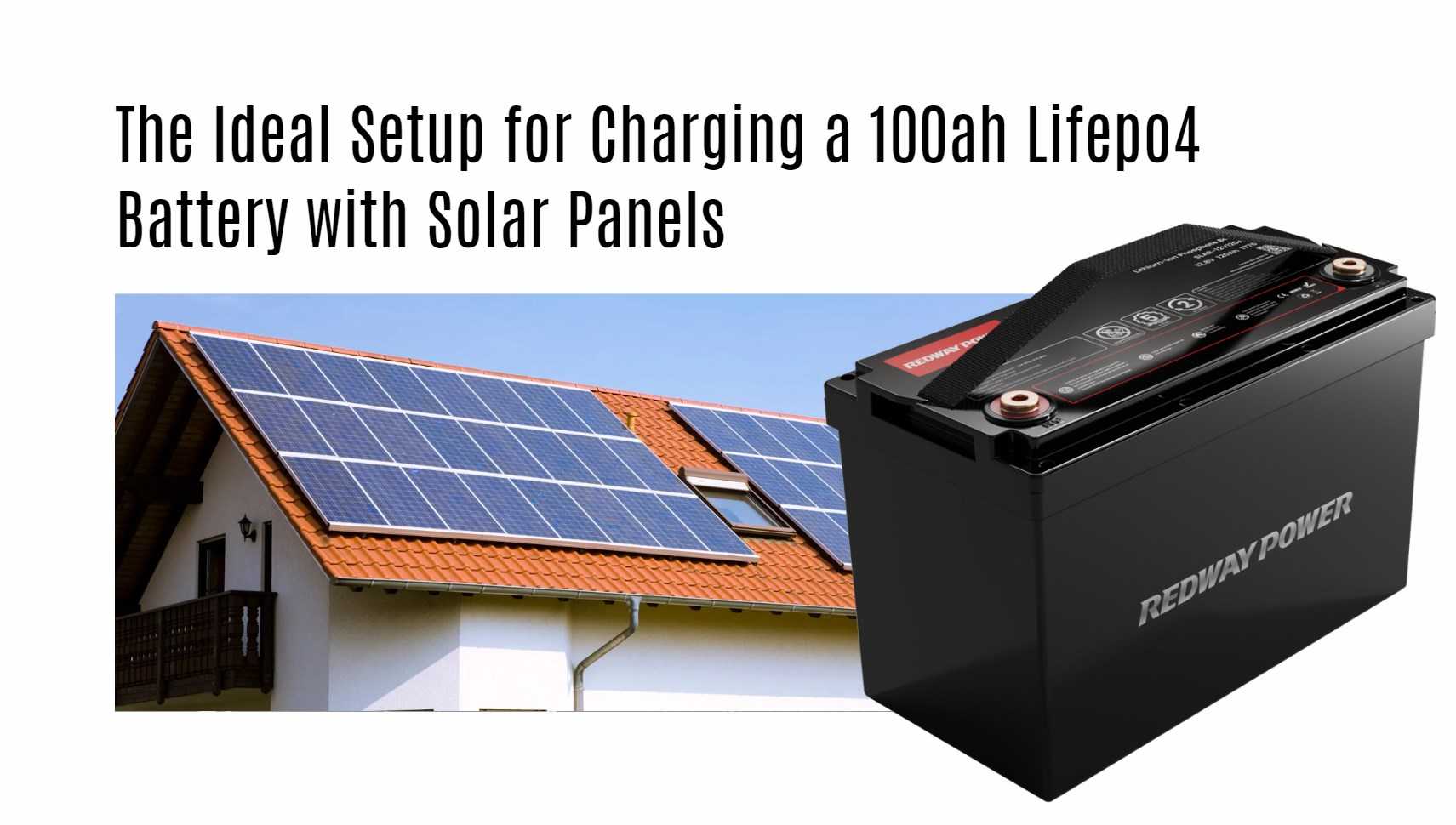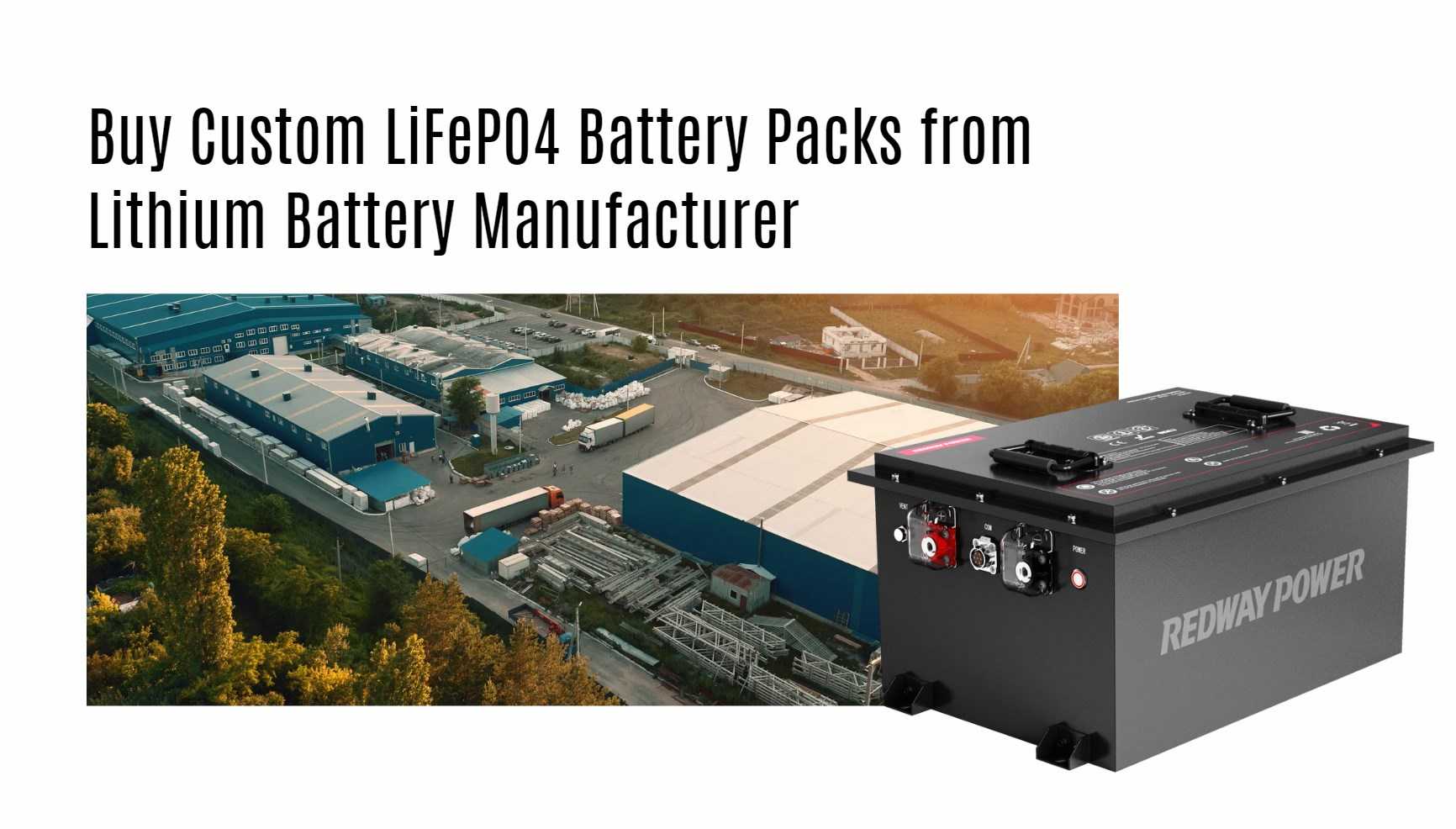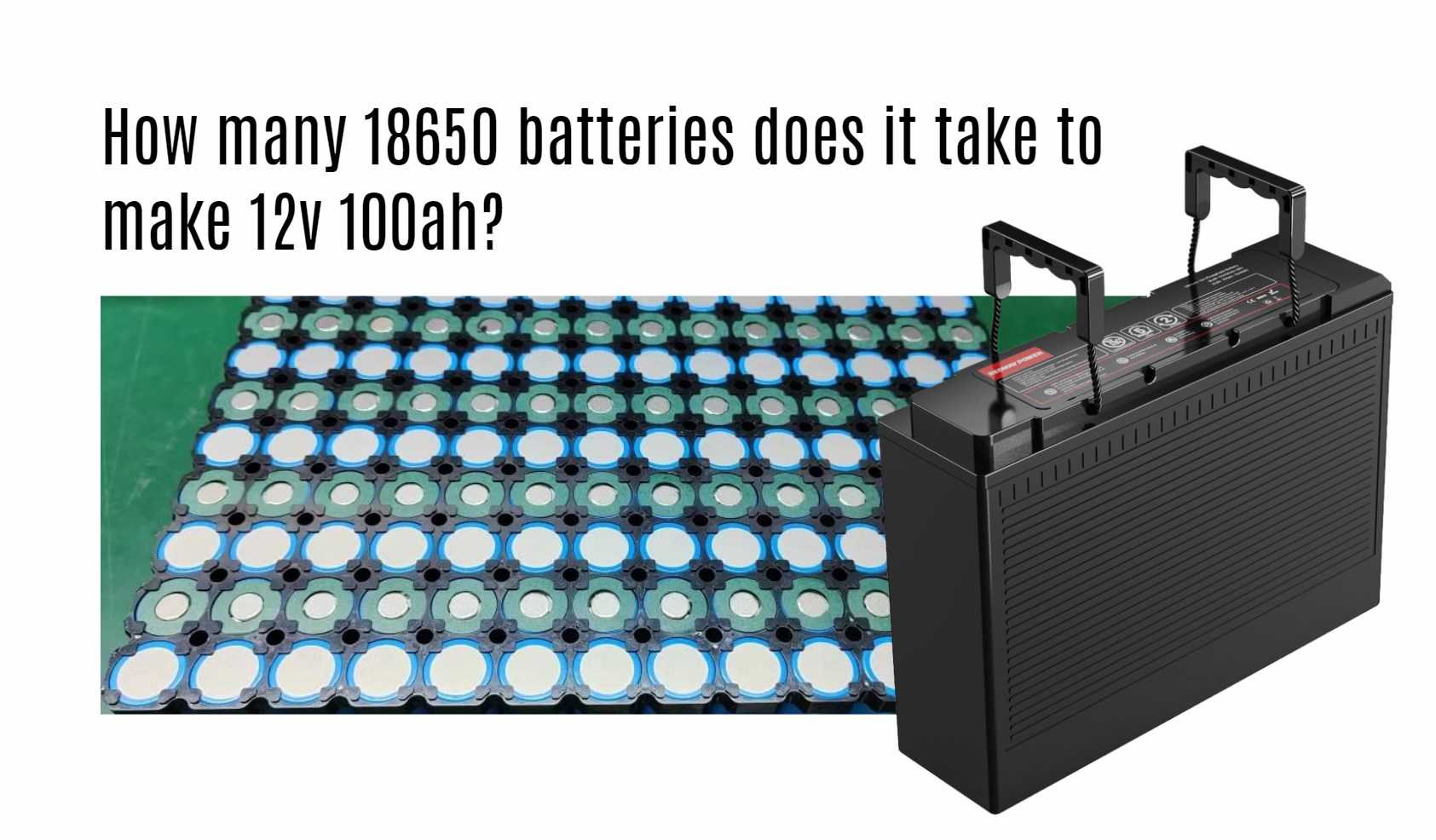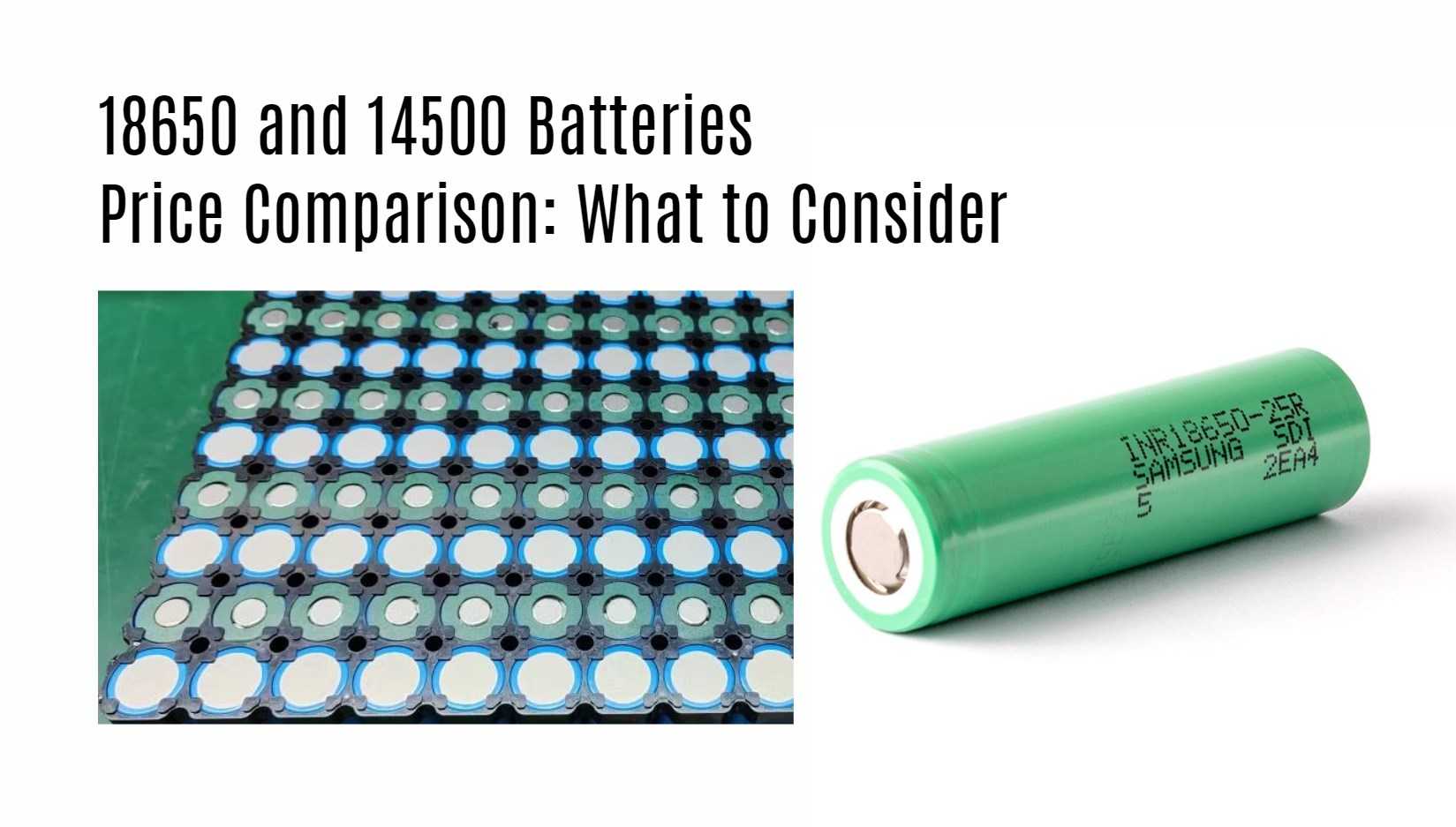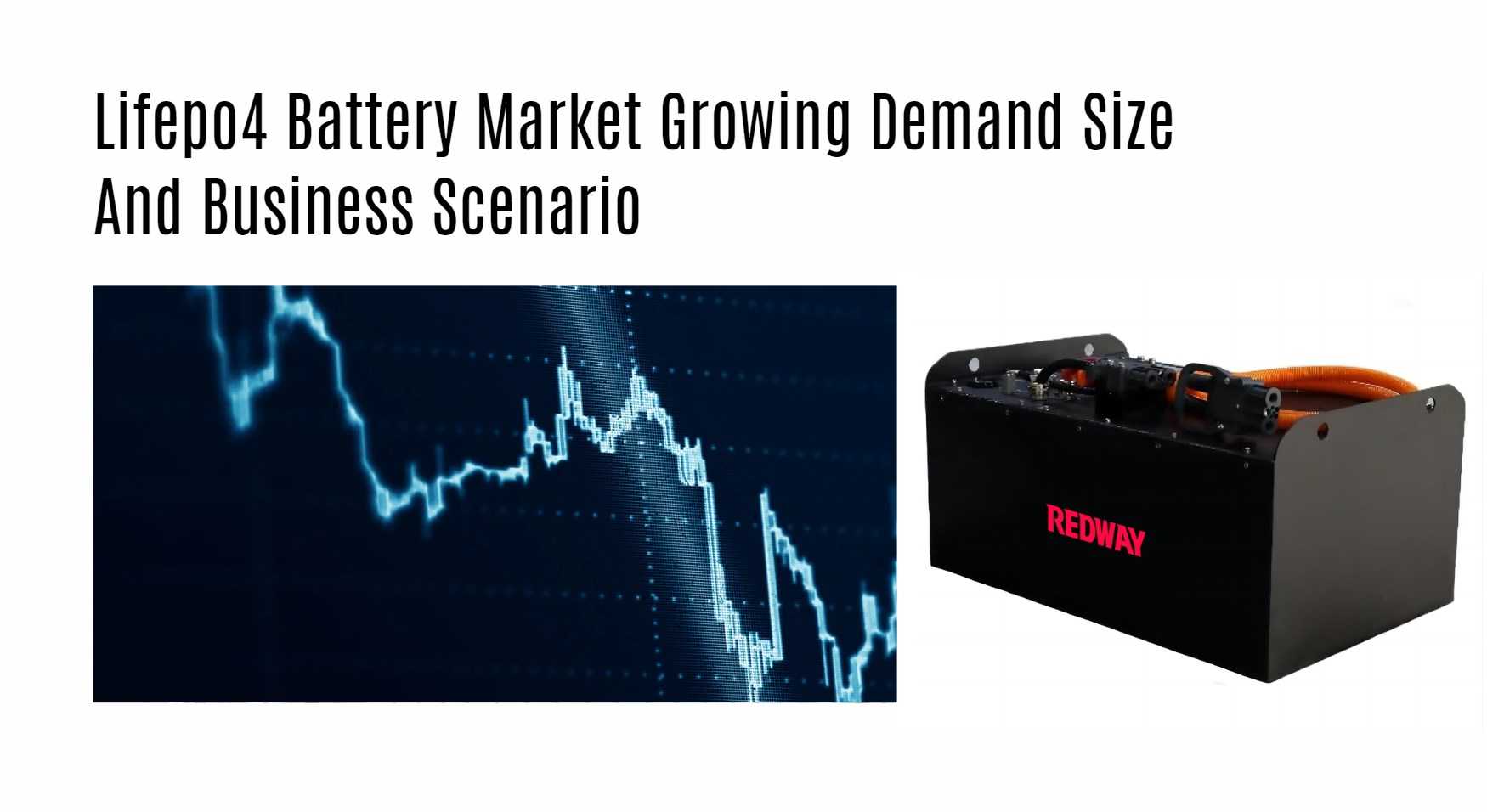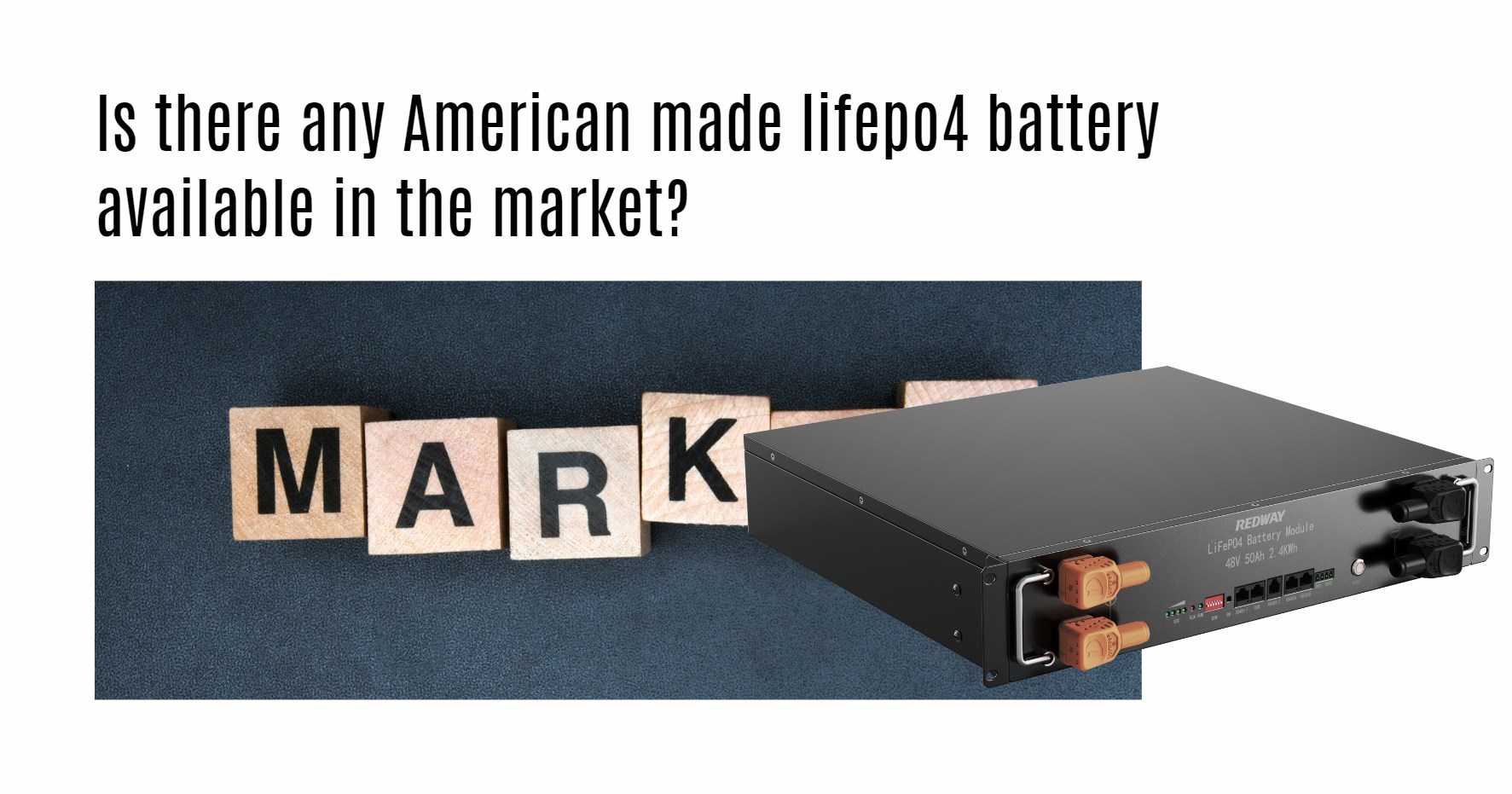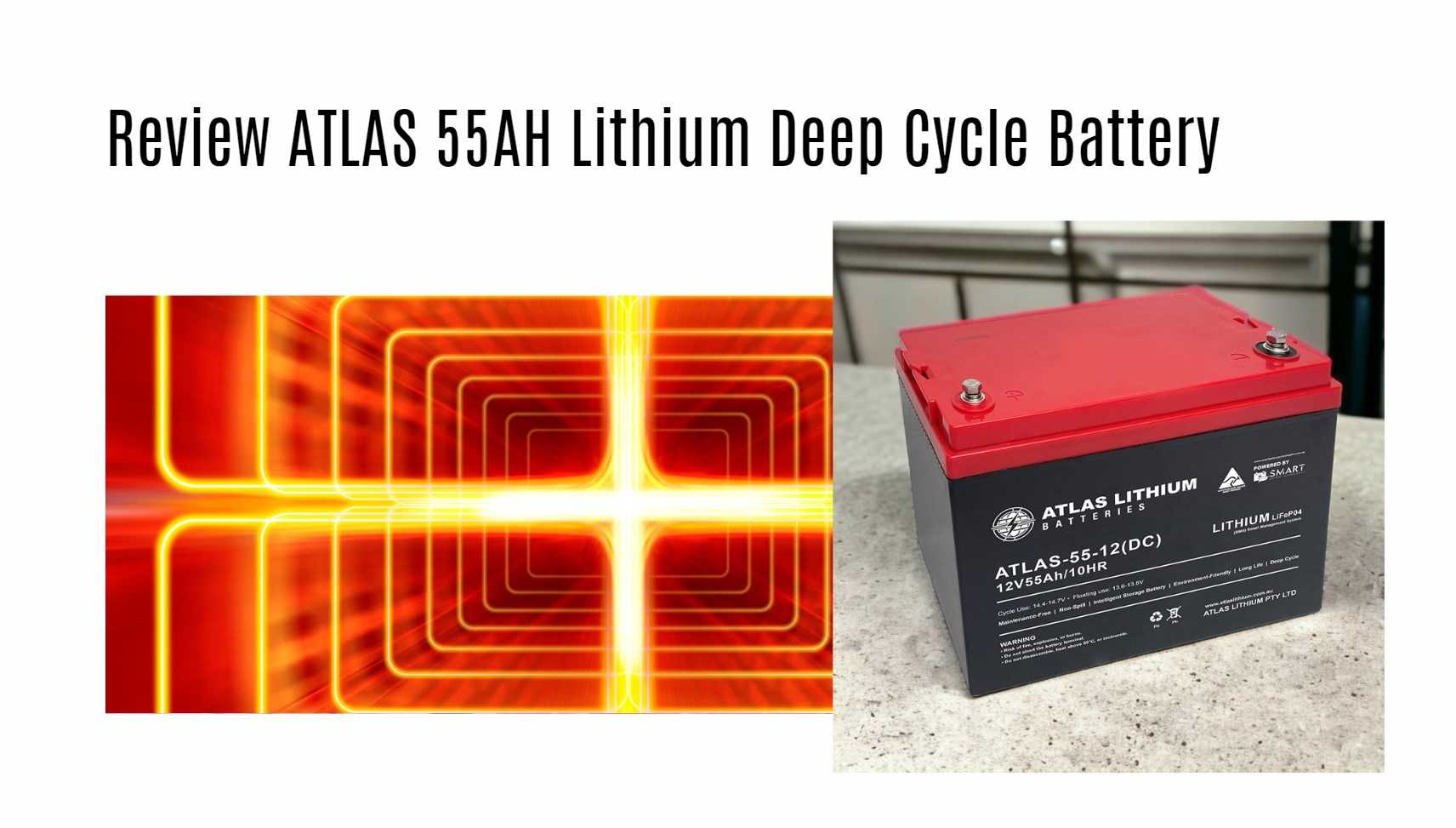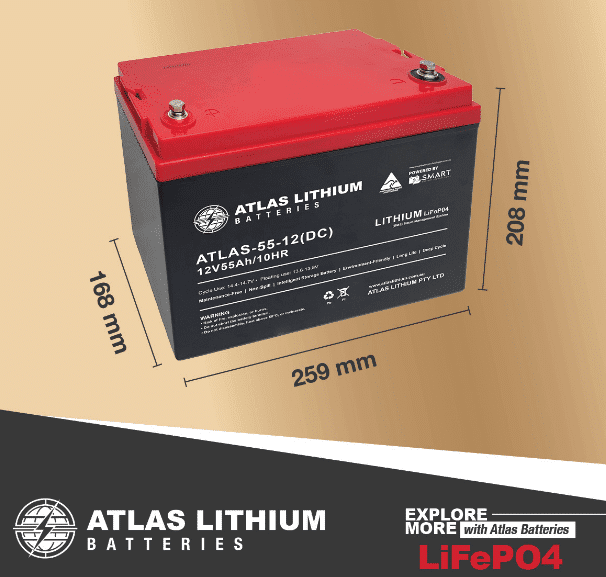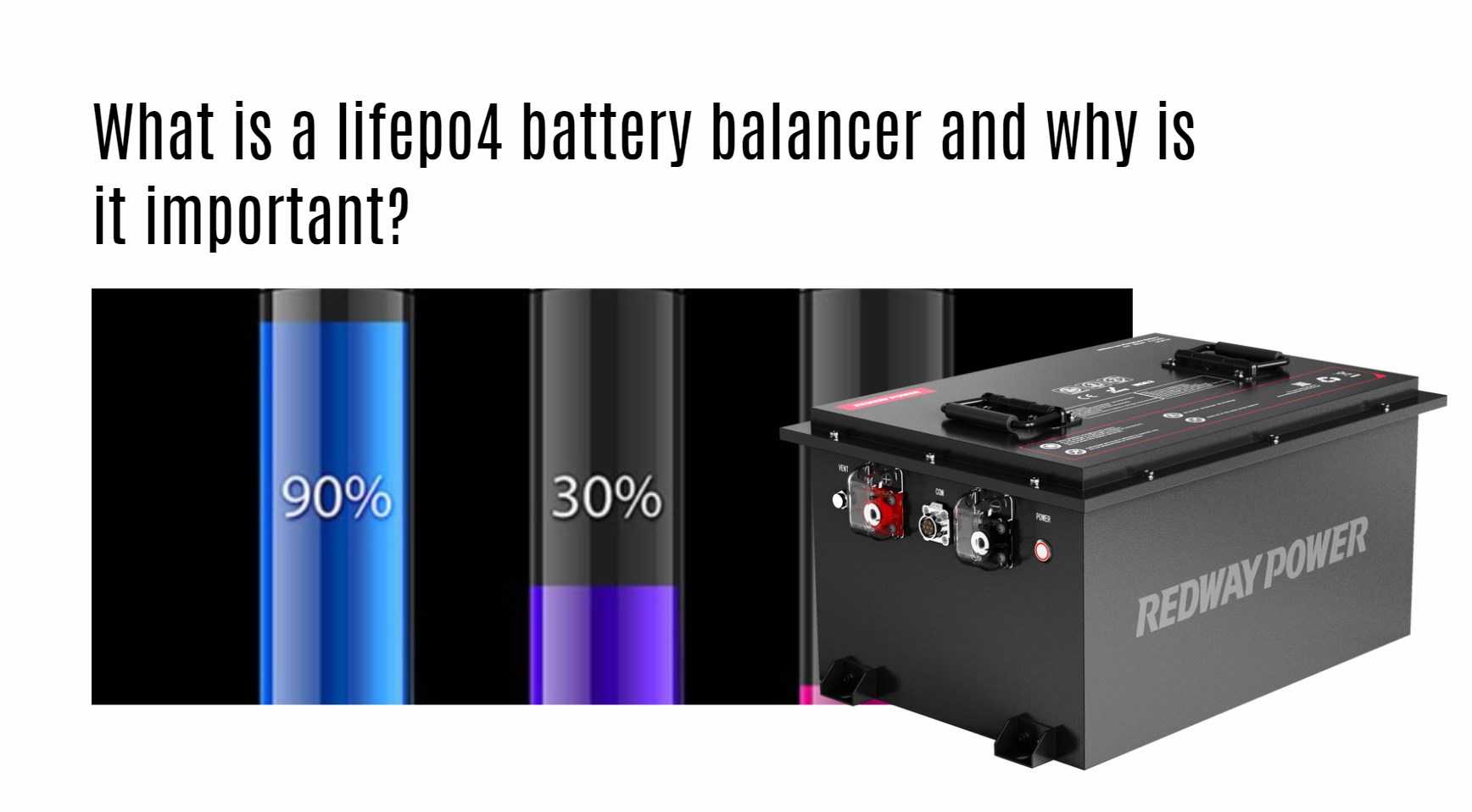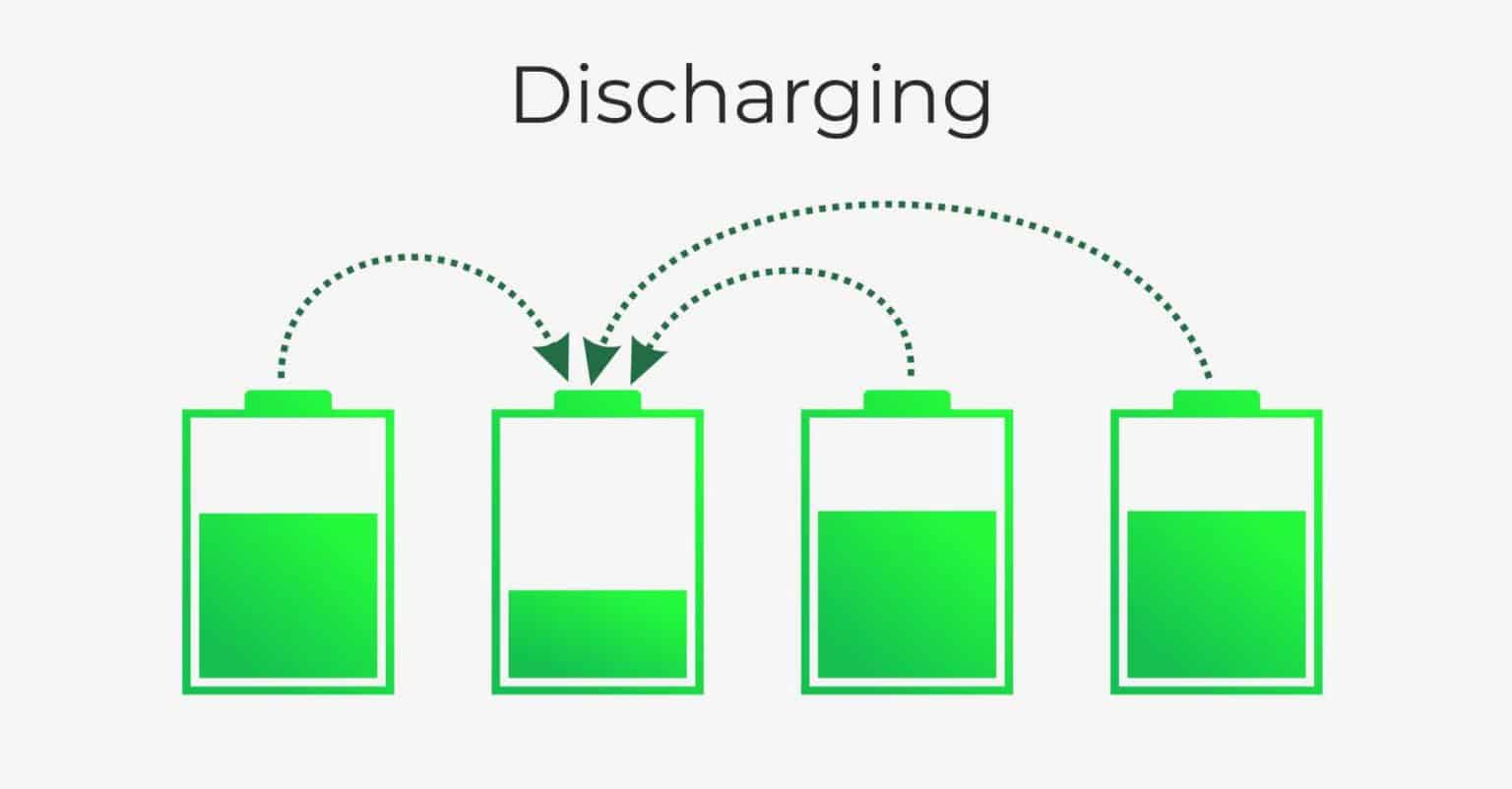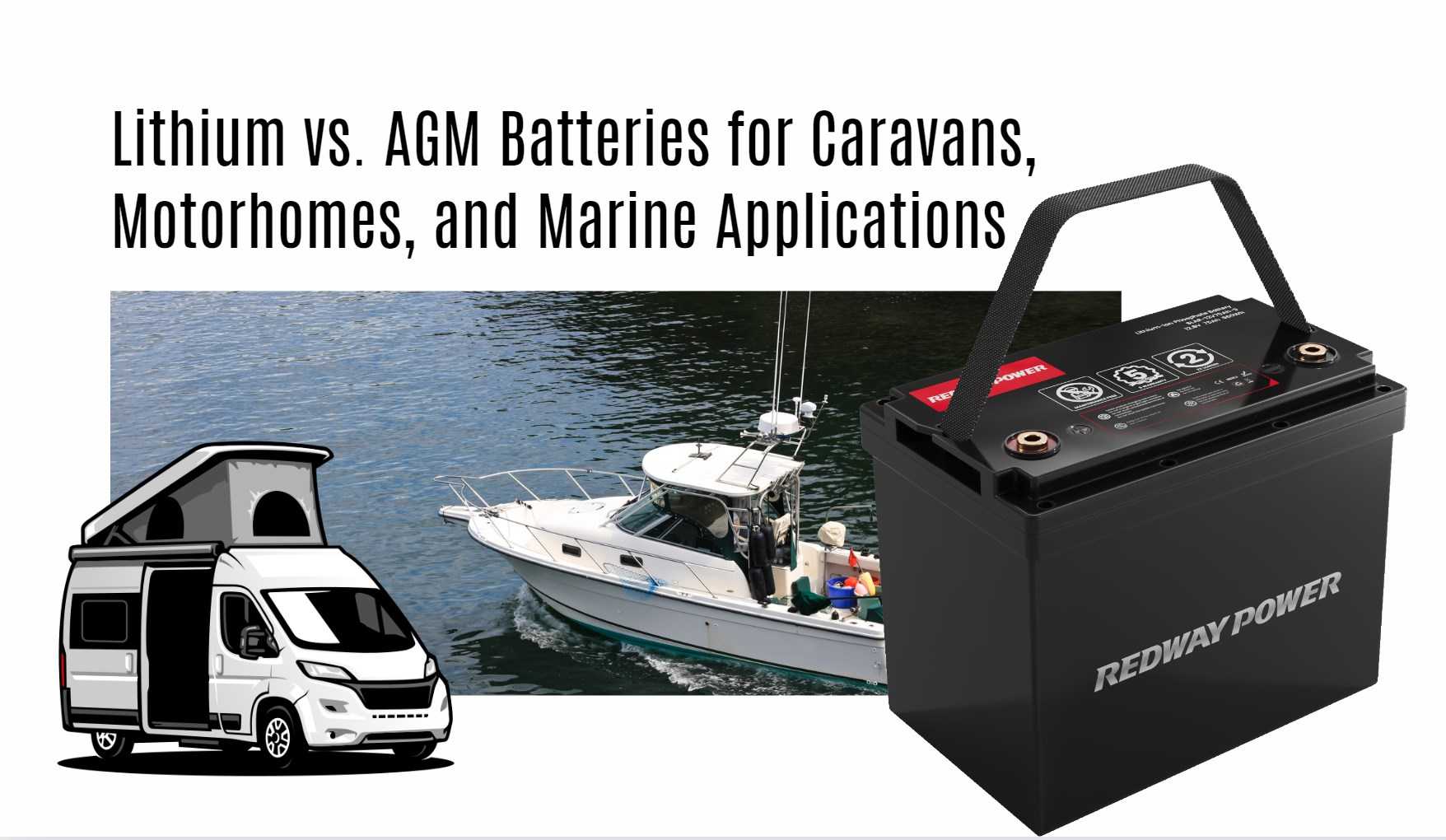Tips for evaluating the quality and performance of cheap LiFePO4 batteries
Welcome to the electrifying world of lithium iron phosphate (LiFePO4) batteries! Are you looking to power up your devices with a reliable and long-lasting energy source? If so, then understanding the key factors that determine the quality and performance of LiFePO4 batteries is essential. In this blog post, we will delve into how you can evaluate cheap LiFePO4 batteries to ensure you’re getting the best bang for your buck. So, let’s dive in and uncover the secrets to choosing top-notch batteries that won’t leave you high and dry!
Understanding the Importance of Quality and Performance in Batteries
When it comes to batteries, quality and performance are key factors that should never be overlooked. The importance of these aspects becomes evident when considering the reliability and longevity of your electronic devices. A high-quality battery ensures a stable power supply, which is crucial for the optimal functioning of your gadgets.
By prioritizing quality and performance in batteries, you can avoid issues like sudden power loss or decreased efficiency over time. Investing in top-notch batteries means investing in the seamless operation of your devices without unexpected disruptions.
Quality batteries not only provide consistent power but also contribute to the safety of your electronics. Inferior batteries may pose risks such as overheating or even leakage, potentially causing damage to your devices or compromising their performance.
In essence, understanding the significance of quality and performance in batteries goes beyond just powering your devices—it’s about ensuring their longevity and safe operation while maximizing their capabilities.
Factors to Consider When Evaluating Battery Quality and Performance
When evaluating the quality and performance of LiFePO4 batteries, there are several key factors to consider. Look at the battery’s capacity – this indicates how much energy it can store. A higher capacity typically means longer-lasting power.
Next, consider the battery’s voltage – ensure it matches the requirements of your device for optimal performance. The voltage directly impacts how efficiently your device operates.
Another crucial factor is the battery’s cycle life – this refers to how many charge-discharge cycles it can endure before its performance degrades. A longer cycle life equates to a more durable and reliable battery.
Moreover, examine the charging speed and efficiency of the battery. Faster charging times can be a significant advantage in today’s fast-paced world where time is precious.
Assess factors like safety features, brand reputation, and warranty terms when evaluating battery quality and performance for a comprehensive decision-making process.
Common Issues with Cheap LiFePO4 Batteries
Cheap LiFePO4 batteries may seem like a cost-effective solution at first glance, but they often come with their own set of issues. One common problem is the lack of proper quality control during manufacturing, leading to inconsistencies in performance and reliability. This can result in shorter lifespan and reduced overall efficiency.
Moreover, cheap LiFePO4 batteries may be more prone to heat generation and thermal runaway, posing a safety risk if not handled properly. Additionally, these lower-quality batteries may exhibit higher self-discharge rates, causing them to lose power even when not in use.
Furthermore, the materials used in inexpensive LiFePO4 batteries are typically of lower grade, impacting their durability and long-term functionality. This can lead to premature failure and potentially damage your devices or equipment.
In essence, while cheap LiFePO4 batteries may appear tempting due to their initial price tag, it’s essential to consider the potential drawbacks that could outweigh any short-term savings.
Tips for Evaluating the Quality and Performance of Cheap LiFePO4 Batteries
When it comes to evaluating the quality and performance of cheap LiFePO4 batteries, there are several key factors to keep in mind. Pay attention to the brand reputation and customer reviews – they can provide valuable insights into the reliability of the battery. Consider the specifications such as capacity, voltage, and cycle life to ensure they meet your requirements.
Another tip is to look for certifications like UL or CE which indicate that the battery has undergone stringent testing for safety and performance standards. Additionally, check for warranties offered by the manufacturer as a sign of confidence in their product.
Moreover, assess the build quality of the battery – from casing materials to internal components – as this can impact durability and overall performance. Compare prices across different brands but remember that investing in higher-quality batteries may save you money in the long run due to their longevity and efficiency.
Keep these tips in mind when evaluating cheap LiFePO4 batteries for your next project or application!
Benefits of Investing in High-Quality LiFePO4 Batteries
Investing in high-quality LiFePO4 batteries can bring a myriad of benefits to your electronic devices or renewable energy systems. These batteries are known for their longer lifespan compared to cheaper alternatives, which means less frequent replacements and cost savings in the long run.
High-quality LiFePO4 batteries also offer better performance, providing reliable power output throughout their cycle life. This translates to improved efficiency and consistency in powering your equipment or storing energy from solar panels.
Moreover, these top-notch batteries have enhanced safety features, such as built-in protection against overcharging, overheating, and short circuits. This ensures a lower risk of accidents or malfunctions that could damage your devices or pose a safety hazard.
Additionally, investing in high-quality LiFePO4 batteries often comes with warranties and customer support services, giving you peace of mind knowing that you’re backed by reliable assistance if any issues arise with your battery.
Choosing quality over price when it comes to LiFePO4 batteries is an investment that pays off in terms of durability, performance, safety, and overall satisfaction with your power storage solutions.
Conclusion
In a world where energy storage is becoming increasingly important, the quality and performance of batteries are crucial. When it comes to LiFePO4 batteries, investing in high-quality options can make all the difference.
By understanding the factors that impact battery quality and performance, you can make informed decisions when evaluating cheap LiFePO4 batteries. Remember to consider aspects such as capacity, cycle life, safety features, and reputable brands when making your choice.
While cheap LiFePO4 batteries may seem like a cost-effective solution initially, they often come with their own set of issues such as lower capacity or shorter lifespan. By taking the time to evaluate these batteries thoroughly before purchasing them, you can avoid potential headaches down the road.
Investing in high-quality LiFePO4 batteries may cost more upfront but can save you time and money in the long run. With better performance and longevity, these batteries will provide reliable power for your devices or renewable energy systems.
So next time you’re in the market for LiFePO4 batteries, remember that quality and performance should be at the top of your list of priorities. Choose wisely to ensure optimal efficiency and durability for all your energy storage needs.

